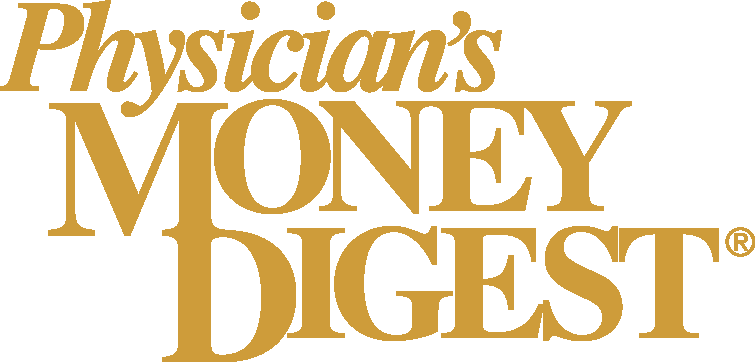
Access, coordinating care, communication — how can primary care physicians and oncologists improve their connections?
Key Takeaways
- Fragmentation in the U.S. healthcare system creates gaps between primary care and oncology, affecting patient outcomes and care coordination.
- Redundancy and lack of communication between different health systems can lead to patient frustration and increased costs.
National Comprehensive Cancer Network holds cancer policy summit for collaboration to benefit patients.
Successful patient outcomes can be a common goal for primary care physicians and oncologists, but achieving that goal can be a challenge, said a panel of health care experts that included two cancer survivors.
On May 6, the National Comprehensive Cancer Network (
“We know how important this collaboration can be across the entire cancer care continuum, from screening and risk reduction through survivorship and end of life,” said NCCN CEO Crystal S. Denlinger, MD, an oncologist. “Unfortunately, we also know that there are quite a few challenges that come with this.”
The challenges
“If there’s ever been kind of a top 10 set of characteristics about the U.S healthcare system, it's that it’s fragmented,” said Clifford Goodman, PhD, a consultant on health care technology and policy. “And one of the things that we're finding people can often fall through the cracks, is between primary care and oncology, both at the sort of screening and diagnostic end and at the survivorship end.”
Goodman started “Pathways to Partnership: Strengthening Collaboration Between Primary Care and Oncology,” a panel discussion that lasted more than an hour with physician and expert speakers discussing the complexities of cancer care and the health care system generally.
Primary care physicians help the general quality of life and functioning of
“And so why go through that rigorous cancer treatment, only to come out the other end and not be able to experience and function and do the everyday things that we take for granted, like walking to the mailbox, and showering without assistance for instance,” Panagiotou said. Those are the things that health care should be able to help patients with, she said.
Dorothy A. Rhoades, MD, MPH, professor of medicine at the University of Oklahoma Health Sciences, described her experience working with the Indian Health Service and patients’ misperception that it will take care of everything they need. She also is director of the Native American Center for Cancer Health Excellence at the Stevenson Cancer Center.
Redundancy can be a problem when a primary care physician and oncologist work in different health systems, said Andrea Porpiglia, associate professor and surgical oncologist at Fox Chase Cancer Center. Repeat scans or colonoscopies or lab work cause double the bills for patients. When patients don’t think their doctors are talking, they feel frustrated and abandoned, she said.
In patients, “we know that cancer doesn’t happen by itself,” said Linda Overholser, MD, an internal medicine physician at the University of Colorado Cancer Center. During cancer treatment, conditions such as diabetes or high blood pressure can get worse.
“There's missed opportunities there if care isn't coordinated to better control those comorbidities, and now that patients are living longer after a cancer diagnosis, I think it's really important to think about health promotion and implementing strategies we know that can reduce future comorbidities,” she said.
Skylar Taylor, MD, a medical hematology and oncology fellow at Mayo Clinic and a cancer survivor, echoed those concerns in describing management of blood pressure and diabetes in cancer patients, short- and long-term.
Successes in care
After elaborating on numerous challenges, Goodman also asked about successes, and the experts described examples as well.
Fox Chase Cancer Center started its Care Connect program that allows primary care physicians to get more involved with oncology care happening with their patients, Porpiglia said. It allows private practice physicians access to the cancer center’s electronic medical records (EMRs) for free. The network remains password protected but it makes it easier for oncologists to pass along patient updates via direct messages in the EMR, she said.
Taylor described his experience as a medical student seeing oncologists going door-to-door to primary care offices, and seeing a primary care doctor pick up the phone to call the oncologist to get an answer. That shows a lot of trust in front of the patient, he said, and he acknowledged those models are probably not scalable across the nation.
There are onco-primary models emerging at the University of Cincinnati, Duke University, and Kaiser Permanente in San Francisco, and those are exciting, Panagiotou said. “The idea that primary care is within the cancer center,” she said, and Goodman repeated the notion.
“Kind of, to the walking down the hall that Dr. Tyler just mentioned, the ability for primary care to see cancer patients solely and to be able to support their needs,” Panagiotou said.
American Indian and many minority populations have suffered from historical abuses within the health care system by people and research programs that were supposed to be trustworthy, Rhodes said. To counter those, there is orientation for people within the IHS, along with a pilot projects involving financial hardship screenings and supportive care huddles for physicians, other clinicians, health care navigators to coordinate care.
Health care navigators have benefited the communication between oncologists and primary care physicians, and the care coordination for patients, Overholzer said. She also discussed benefits of education for not just doctors, but for nurses, other medical staff, social workers, pharmacists, behavioral health specialists. “I think we need to keep in mind that we need to really be working with them too, to really fully support the survivorship,” she said.
The keys are communication, access and making sure primary care physicians know about resources available, Porpiglia said. “There’s things out there that could benefit the patients and making sure that the primary care is aware of that,” she said.
Newsletter
Stay informed and empowered with Medical Economics enewsletter, delivering expert insights, financial strategies, practice management tips and technology trends — tailored for today’s physicians.














